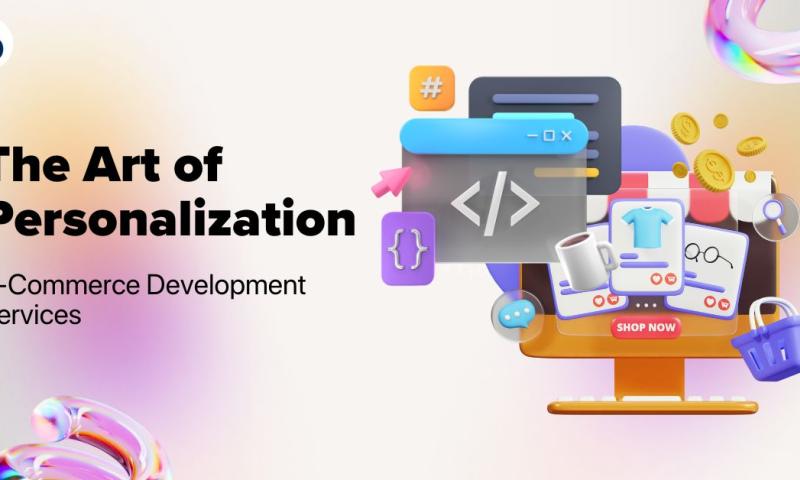 />
/>
Understanding Personalization
At its core, personalization is about delivering relevant and meaningful content to each individual customer based on their past behaviors, demographics, and preferences. This can take many forms, from product recommendations and targeted email campaigns to customized landing pages and interactive shopping experiences. By leveraging data and technology, e-commerce retailers can create personalized touchpoints that resonate with customers on a deeper level, fostering loyalty and driving sales.
The Power of Data
Central to any successful personalization strategy is data – the fuel that powers intelligent insights and decision-making. By collecting and analyzing customer data across various touchpoints – including website interactions, purchase history, social media engagement, and more – retailers can gain valuable insights into individual preferences and behaviors. This data can then be used to segment customers into distinct groups and deliver personalized experiences tailored to each segment's unique needs and interests.
Personalization Tactics to Try
-
Product Recommendations: Use collaborative filtering algorithms to suggest products based on a customer's browsing and purchase history, similar to how streaming services recommend movies or shows.
-
Dynamic Content: Create dynamic website content that changes based on a visitor's profile or behavior, such as showcasing different products or promotions to first-time visitors versus returning customers.
-
Email Marketing: Segment your email list and send targeted email campaigns featuring personalized product recommendations, exclusive offers, and relevant content based on each recipient's preferences.
-
Customized Landing Pages: Create landing pages tailored to specific customer segments or marketing campaigns, ensuring a seamless and personalized browsing experience from start to finish.
-
Interactive Experiences: Experiment with interactive features such as quizzes, product configurators, or virtual try-on tools to engage customers and help them discover products that align with their preferences and style.
The Benefits of Personalization
By investing in personalization, e-commerce retailers stand to reap a host of benefits, including:
- Increased conversion rates and sales
- Improved customer satisfaction and loyalty
- Enhanced brand perception and differentiation
- Greater efficiency and effectiveness of marketing efforts
- Deeper insights into customer behavior and preferences
Conclusion
In an increasingly competitive e-commerce landscape, personalization has become a powerful tool for driving engagement, building relationships, and ultimately, driving sales. By harnessing the power of data and technology, retailers can create tailored experiences that delight customers and set their brand apart from the competition. Whether it's through personalized product recommendations, targeted email campaigns, or interactive shopping experiences, the possibilities for personalization are endless – so why not start experimenting today?

